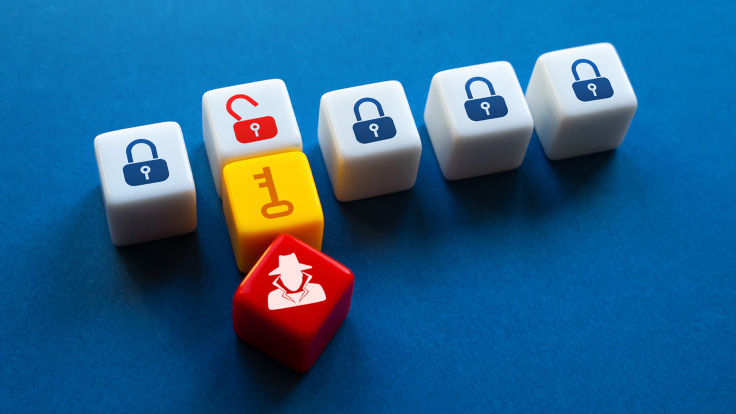Five Simple Steps Every Church Can Take to Stay Cyber-Secure
- gcfaumc
- Oct 9
- 1 min read
Updated: Oct 10

You don’t need an IT degree to protect your church online. With a few consistent habits, your congregation can greatly reduce its risk of becoming the next victim of a cyberattack.
Here are five actions that even the smallest church can start today to stay cyber-secure.
1. Think Twice Before Clicking
If an email seems urgent, surprising, or out of character—pause. Verify the sender by calling or texting them directly. One quick check can prevent disaster.
2. Use Strong Passwords + Multi-Factor Authentication
Passwords should be long, unique, and not reused across sites. Multi-factor authentication (MFA) adds an extra step—like a text code—to confirm it’s really you.
3. Limit Permissions
Give access based on roles, not convenience. Volunteers don’t need admin access to financial records, and staff accounts should be separated.
4. Back Up Data Regularly and Securely
Use both cloud and offline backups. Store at least one copy disconnected from your main system so ransomware can’t reach it.
5. Train and Test Your Team
Make cybersecurity training part of your yearly rhythm. Send test “phishing” emails to keep awareness high. Encourage a culture of “ask before you click.”
Bonus Tip: Review your policies for staff transitions—disable old accounts immediately when volunteers or employees leave.
Every congregation depends on technology to manage giving, communication, and live streaming. Treat cybersecurity as digital hospitality—keeping your online doors open for ministry while protecting those who enter.
Need a partner to help build your church’s digital defenses? UMC Support IT offers services that keep your systems secure so you can focus on ministry. Fill out this form: https://www.gcfa.org/getsupport to start working with our IT professionals today.







